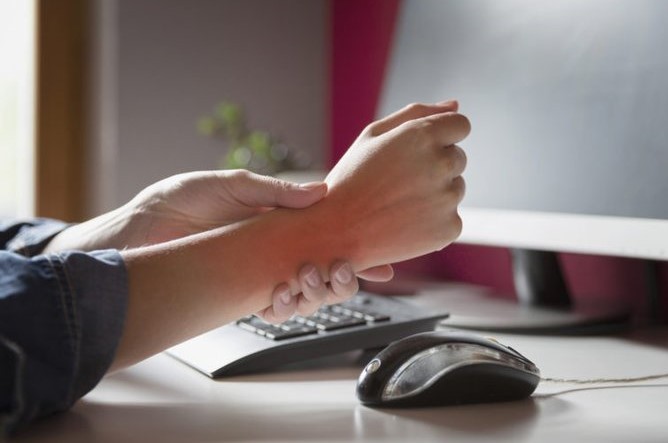We've already seen that 80% of disabilities are invisible, and some of you may think that we are repeating ourselves. However, and even if the topic of this week presents similarities, with among others, the hidden side of these affections, the main point of this post concerns the affected population.
In our previous post, the population concerned was already identified as disabled, while the population of our post for this week concerns all individuals. It is important to note that this chronic pain problem concerns, according to recent studies, a 1/3 of all employees.
Among these employees, it is also important to note that among that 94% of those concerned declare that is is disrupting their work.
All these figures were recently highlighted by the study published by EM Lyon, a highly reputable business school, in partnership with the french insurance group Apicil, within the framework of their Apicil-EM Lyon joint chair “Health and Performance at Work”,The report of their work, which we invite you to read in the article “Chronic pain, an evil as devastating as silent in business”
The key points to remember are:
- 15 to 20% of the French adult population declare to suffer from moderate to severe chronic pain.
- To be qualified as chronic, this pain must last more than 3 months, implying that it persists in the initial health problem (s).
Example: An employee complains of recurrent cervical problems, over periods of 3 months per year, and treats with physiotherapy. However, no action was taken on his work station, resulting in 1 situation more and more frequent and the appearance of chronic pain.
In France, around 30% of the population suffers from chronic pain with
- A higher prevalence in women (35%)
- A variable rate depending on professional status (20% of managers, 30% of workers)
- An increase with age (52% in people over 75)
- An impact on professional capacities with
- A drop in Energy, commitment
- A less significant ability to change….
In the end, all these data obviously have an impact on the life and performance of the company, but also allow the question of corporate social responsibility to be raised.
Indeed, if the impact of work in the mining industry has been well documented and if everyone accepts the link between work in the mine and silicosis, if the imagination of individuals makes one materialize the potential physical risks of a manual trade, etc…
We are just beginning to realize that office work can be damaged, for the following reasons:
- Sedentary lifestyle
- Repeating stains
- Same position (s) maintained over time
- Impact on vision….
However, as the study figures show, there are still 20% of office workers complaining of chronic pain and, in comparison, only 30% of factory or construction workers ( a population performing more physical work)
If therefore, we take into consideration
- The increase in the number of workers in the tertiary sector
- The increase of the life expectancy and its corollary, its quality
Therefore, it is undeniable that companies have a considerable role to play, by ensuring that these issues are taken into account, managed during their career and allowing them to arrive at the “blessed retirement period” in full physical and mental health.
Unfortunately, it seems that there it still:
- Doesn’t appear to be any Awareness of the problem
- No knowledge of recipes attacking the causes of the problem….
To resume, a lot of work remains to be done and to conclude this post, we have no doubt that the year 2020 will surely be an opportunity to reflect further on this subject.
